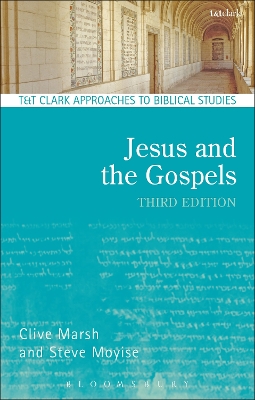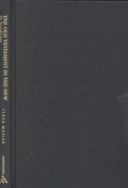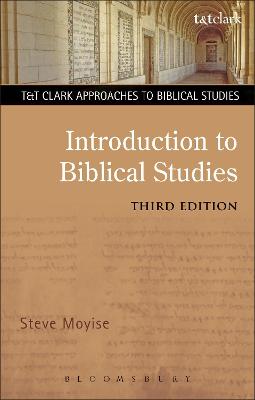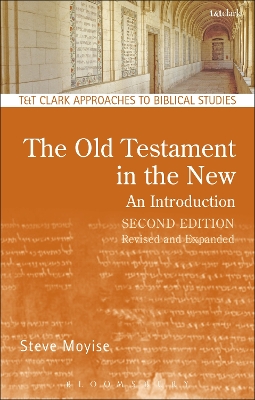T&T Clark Approaches to Biblical Studies
4 total works
This work offers the student of biblical studies an introduction to the interpretative study of Jesus. It introduces students to the writings on Jesus and the main strands of critical interpretation. It studies the portrayal of Jesus in the four gospels with the tools of historical analysis, but with the understanding that it is the nature of the gospels which prevents history being the only concern.
This work introduces the Old Testament in the New Testament. The author sets out the basic issues and offers summaries of the uses of scripture in the Gospels and Acts, in Paul and Hebrews, James and Revelation. Issues of quotation, allusion and echo are fully explored and placed sensitively in the context of the differing approaches to the interpretation of Old Testament texts. Readers are informed of contemporary debates that have arisen from literary criticism such as the questions of intertextuality and the uses of allegory. Steve Moyise also discusses the uses of the Bible in the first century.
This is an ideal introduction to modern biblical studies. Readers are introduced to questions of inspiration, canon and authority. This is followed by chapters on historical approaches to the Bible, such as source, form and redaction criticism. Comparisons with other literature, such as ancient flood stories or Egyptian psalms help to set the context for this. Moyise also asks such questions as 'How did we get the Bible?' and, 'why do modern versions of the Bible differ among themselves?'
Moyise considers a number of approaches to the Bible. Beginning with literary criticism, he shows how texts 'speak' to readers and influence their attitudes, emotions and behaviour. This is followed by liberation, feminist and finally a variety of theological approaches used by those who consider the Bible to be sacred scripture.
For the third edition Moyise has added two sections, one giving a basic outline of the biblical story together with a timeline and key dates, and another on dating the New Testament.
Moyise considers a number of approaches to the Bible. Beginning with literary criticism, he shows how texts 'speak' to readers and influence their attitudes, emotions and behaviour. This is followed by liberation, feminist and finally a variety of theological approaches used by those who consider the Bible to be sacred scripture.
For the third edition Moyise has added two sections, one giving a basic outline of the biblical story together with a timeline and key dates, and another on dating the New Testament.
Steve Moyise provides an accessible and well-informed introduction to the Old Testament in the New Testament. Tried and tested in previous editions, it explores the basic issues and offers summaries of the uses of the Old Testament in the Gospels and Acts, in Paul and Hebrews, James, and Revelation.
Issues of quotation, allusion and echo are fully explored and placed sensitively in the context of the differing approaches to the interpretation of Old Testament texts. Readers are informed of contemporary debates that have arisen from literary criticism, such as the questions of intertextuality and the uses of allegory. Also discussed are the uses of the Bible in the first century. For the second edition two entirely new chapters on 'Jesus and Scripture' and 'James and 1-3 John' have been added, as well as full revisions to the text where necessary to take account of changes and developments in scholarship. Each chapter includes a summary-conclusion, and extensive and detailed suggestions for further reading. This is an ideal textbook for undergraduate students.
Issues of quotation, allusion and echo are fully explored and placed sensitively in the context of the differing approaches to the interpretation of Old Testament texts. Readers are informed of contemporary debates that have arisen from literary criticism, such as the questions of intertextuality and the uses of allegory. Also discussed are the uses of the Bible in the first century. For the second edition two entirely new chapters on 'Jesus and Scripture' and 'James and 1-3 John' have been added, as well as full revisions to the text where necessary to take account of changes and developments in scholarship. Each chapter includes a summary-conclusion, and extensive and detailed suggestions for further reading. This is an ideal textbook for undergraduate students.



